Introduction

Water chestnuts, also known as trapa bispinosa or sing in some regions, are a delightful aquatic vegetable cherished for their crisp texture and subtle sweetness. Their unique shape and nutritional benefits make them a favorite among health-conscious individuals and culinary enthusiasts alike. One of the most enjoyable parts of water chestnuts is their tender, juicy meat, which can be used in a variety of dishes from salads to stir-fries and desserts. However, preserving fresh water chestnut meat can be a challenge, especially if you’ve harvested or purchased more than you can consume immediately. In this article, we’ll explore various methods for preserving fresh water chestnut meat, ensuring that you can enjoy its delightful taste and texture long after its initial harvest.
Understanding Freshness
Before diving into preservation techniques, it’s crucial to understand what constitutes fresh water chestnut meat. Freshness is indicated by the meat’s firmness, bright color (typically a light beige or white), and absence of any off-odors or discoloration. Water chestnuts that are too soft, discolored, or have an unpleasant smell are likely past their prime and may not be suitable for preservation.
Immediate Use Tips
If you plan to use your water chestnuts within a day or two, storing them in the refrigerator is the simplest and most effective method. Here’s how:
- Cleaning: Rinse the water chestnuts thoroughly under cold running water to remove any dirt or debris.
- Peeling: Use a vegetable peeler or sharp knife to carefully remove the outer shell and skin. This can be a bit tricky as the shell is hard and the meat is delicate.
- Submersion: Place the peeled water chestnuts in a bowl or container filled with cold water. This helps maintain their crispness and prevents discoloration.
- Refrigeration: Cover the bowl or container with a lid or plastic wrap and store it in the refrigerator’s crisper drawer. Use within 24-48 hours for best results.
Long-Term Preservation Techniques
For those who wish to extend the shelf life of their water chestnuts beyond a couple of days, several long-term preservation techniques are available. These include freezing, canning, and drying. Each method has its own set of steps and considerations.
Freezing Fresh Water Chestnut Meat
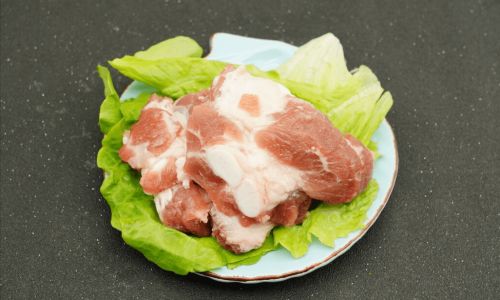
Freezing is one of the most popular methods for preserving fresh water chestnut meat. It allows you to retain the vegetable’s texture and flavor for several months. Here’s a step-by-step guide:
- Preparation: Peel and slice the water chestnuts into uniform pieces. This will help them freeze more evenly and thaw quickly later.
- Blanching: Blanch the slices in boiling water for about 2-3 minutes. This stops the enzymatic action that can cause spoilage and helps retain color and texture.
- Cooling: Immediately plunge the blanched slices into ice water to stop the cooking process. Drain well.
- Packaging: Place the slices in freezer-safe bags or containers, removing as much air as possible to prevent freezer burn.
- Labeling: Label the packages with the date and store them in the freezer. Properly frozen water chestnuts can be kept for up to 6-8 months.
Canning Fresh Water Chestnut Meat
Canning is another effective way to preserve water chestnuts, especially if you prefer not to rely on frozen foods. Here’s how to do it:
- Preparation and Blanching: Peel and slice the water chestnuts, then blanch them as described in the freezing section.
- Canning Jars: Sterilize your canning jars and lids by boiling them for at least 10 minutes.
- Packing: Pack the blanched slices tightly into the jars, leaving about half an inch of headspace.
- Syrup or Water: Pour boiling water or a light syrup over the slices, ensuring there are no air bubbles. The syrup can enhance flavor but is optional.
- Sealing and Processing: Wipe the jar rims clean, apply the lids, and process in a boiling water canner for about 25-30 minutes (adjust time based on altitude).
- Storage: Once cooled, check for proper sealing (lids should be concave). Store canned water chestnuts in a cool, dark place for up to a year.
Drying Fresh Water Chestnut Meat
Drying is a traditional preservation method that transforms water chestnuts into a shelf-stable form with a concentrated flavor. Here’s how to dry them:
- Preparation: Peel and slice the water chestnuts thinly for quicker drying.
- Blanching: Blanch the slices as described earlier to enhance color retention and texture.
- Drying: Use a food dehydrator or an oven set to a very low temperature (around 140°F or 60°C). Spread the slices in a single layer and dry until they are brittle and slightly translucent. This can take several hours to a day depending on the drying method and thickness of the slices.
- Storing: Store dried water chestnuts in an airtight container in a cool, dark place. They can be kept for several months to a year.
Conclusion
Preserving fresh water chestnut meat doesn’t have to be a daunting task. With the right techniques, you can enjoy the crispness and sweetness of these aquatic treasures year-round. Whether you choose to freeze, can, or dry your water chestnuts, each method offers a unique way to capture and extend their deliciousness. Remember, the key to successful preservation lies in starting with fresh, high-quality water chestnuts and following the steps carefully to ensure optimal results. So, the next time you harvest or purchase a bounty of water chestnuts, don’t hesitate to preserve some for later enjoyment. Happy preserving!
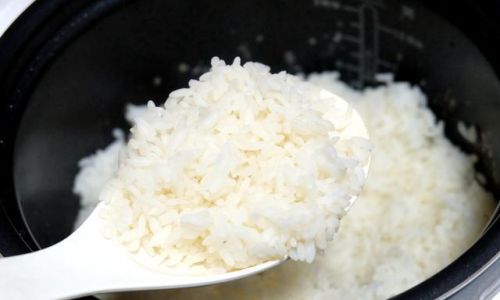
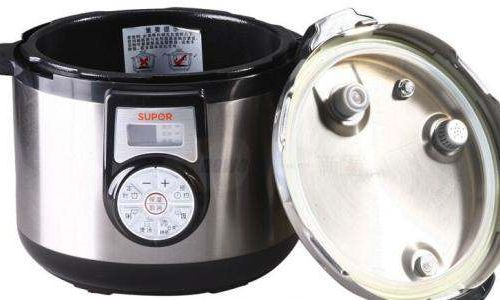
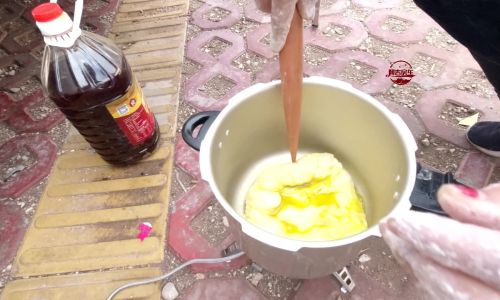
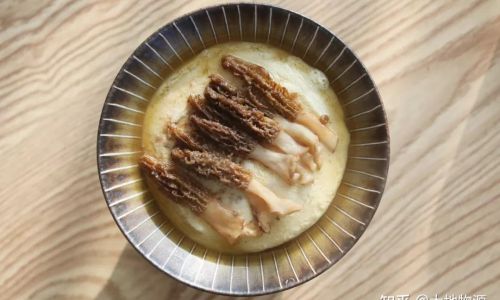


0 comments